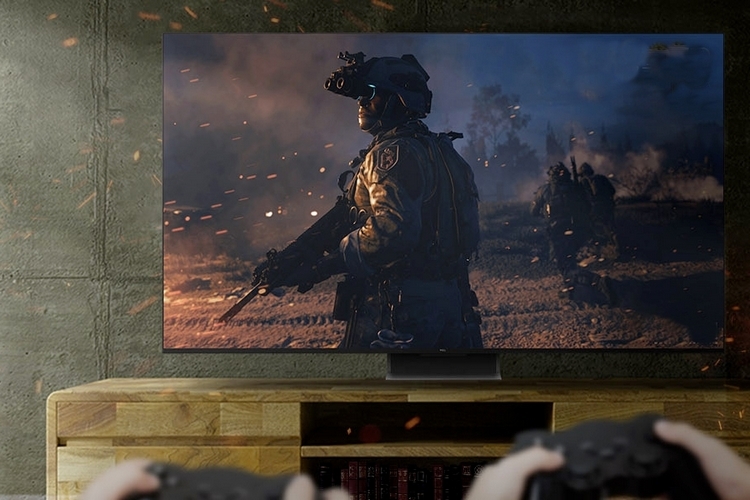
What’s the best screen size for a TV? That will depend on each individual’s personal preferences. Nowadays, though, a lot of new TV buyers seem to be opting for bigger sizes in the 65-, 75-, and 85-inch ranges, as those massive sizes bring large enough pictures to be immersive, all while being manageable enough to fit inside the living rooms inside many households.
Of those bigger sizes, the 65-inch TV seems to be the most popular. That’s not surprising, as 65 inches is definitely less intimidating than the bigger screen sizes. In fact, we’ve seen a few a small apartments fitted with 65-inch TVs and they seem to hit the spot right. We guess that’s the reason why many TV manufacturers use 65 inches as their flagship size.
With a 65-inch TV, you get the immersion that large TVs promise without crowding the space or taking up too much of the wall. You can sit at less than 10 feet away without feeling too overwhelmed, either, making it a great fit for the most common living room sizes.
The best 65-inch TVs do the same things as the best OLED TVs of any size, bringing a great mix of picture quality, design, and cutting-edge features to elevate your living room entertainment. In this list, we run down the best options in the 65-inch TV category, from high-end panels with the latest tech and top-shelf TVs with gaming chops to rigs that strike a great balance between features and price.
Hisense U6K
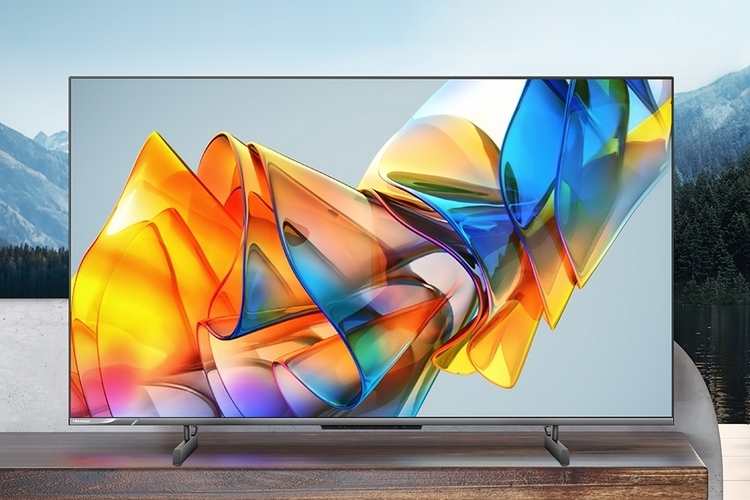
Pros
- QLED and mini LED technology on a budget TV
- Excellent color performance
- Local dimming unmatched in its price range
Cons
- Better viewed front and center, rather than from the sides
- 60Hz refresh rate not the best for console gaming
- Not the best at smoothing low-quality content
If you don’t need the latest and greatest features, but you want the best 65-inch TV you can get at a good price, there are very few TVs that can stand up to what this Hisense model has to offer. The only 65-inch TV we’ve seen at this price range that has both a QLED panel and mini LED backlighting, it allows for precise control of local dimming zones while delivering images with a more uniform light distribution across the entire screen. Typically, you’ll have to go to mid-range prices to get this combo of features, which makes it such a great deal.
It has 4K UHD resolution (3840 x 2160), so you get clear and sharp images, with excellent color performance, especially when watching HDR shows and movies. Do note, the colors pop best at center view, as they fade a bit when you watch them from the sides, so you’ll want to sit as close to front and center with this TV in your living room.
With 591 nits of brightness, it’s not as bright as the more expensive TVs in the list, but it’s bright enough for most indoor settings, with enough pop to really highlight its fantastic color reproduction. Suffice to say, so long as you don’t use this as a backyard or patio TV, the brightness shouldn’t be an issue. The dimming performance stands on its own at this price range, making this the perfect TV for anyone who wants big screen viewing on a budget.
Main Specs
Resolution: 3,840 x 2,160
Panel: QLED with mini LED backlighting
Contrast Ratio: 39,400:1
Brightness: 591 nits
OS: Google TV
Hisense U8K
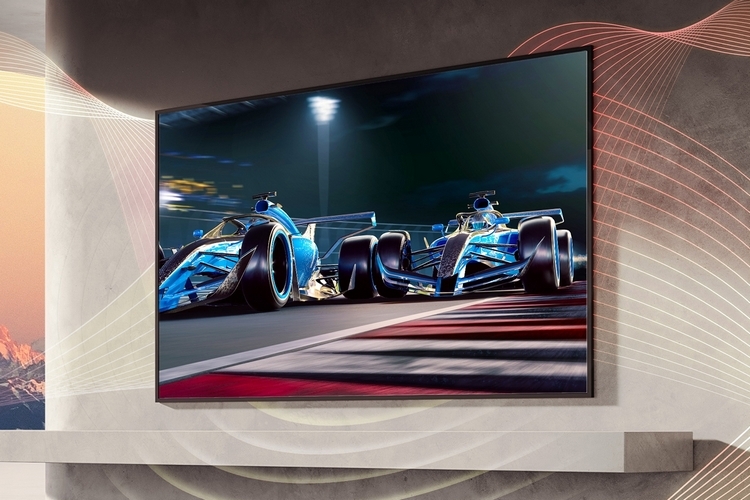
Pros
- High brightness with very deep blacks
- Very accurate color tones
- 144Hz refresh rate and AMD FreeSync support
Cons
- Better viewed front and center, rather than from the sides
Everything that Hisense held back on their $550 65-inch TV, they packed into this sub-$1,000 model instead. You get the same QLED panel with mini LED backlighting, so you get similar uniform light distribution and precise control of local dimming zones, but takes things up an impressive notch everywhere else.
Brightness, for instance, is more than three times that on the U6K at 2,114 nits, allowing the brightness of the TV to overcome even the most well-lit living rooms. Suffice to say, you can enjoy vivid colors even with the windows wide open and the sun shining through. The brightness holds up whether watching movies or playing video games with either HDR or SDR content, too, so you get to enjoy the same bright images all around. Speaking of video games, they boosted the refresh rate to 144Hz on this panel, so you can play game graphics as smoothly as your game console can produce them. It also supports AMD’s FreeSync Premium Pro.
The increased brightness also leads to improved contrast, which is downright stunning here, allowing you to see clearly shadows, contours, and textures in darker scenes. Seriously, you can make out the extremely deep blacks even when bright highlights are show onscreen, which is impressive. The color reproduction is already good on the more affordable U6K, so it’s even more stellar here, with improved tone mapping across the board, no doubt helped by the high peak brightness and high contrast ratio.
The only real complaint we have here are the viewing angles. Similar to the U6K, color also fades away a little when you start watching from the sides, so you want to be as close to front and center to get the optimal viewing experience.
Main Specs
Resolution: 3,840 x 2,160
Panel: QLED with mini LED backlighting
Contrast Ratio: 2,114,000:1
Brightness: 2,114 nits
OS: Google TV
Samsung S90C 4K OLED TV
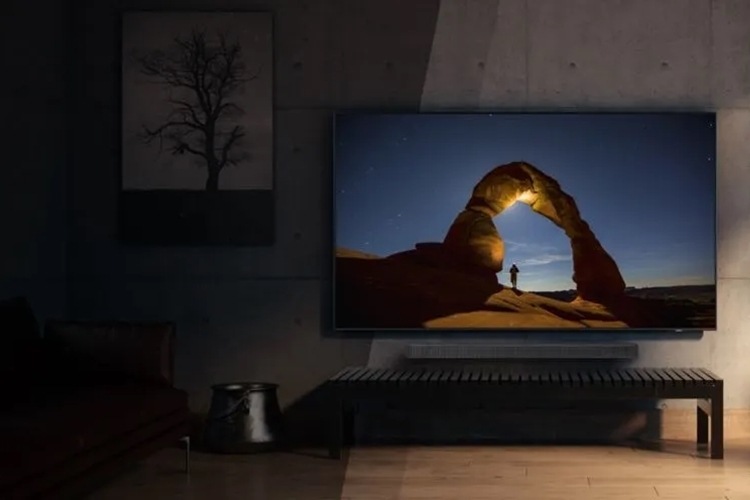
Pros
- Exceedingly bright colors with intense contrast
- Excellent gaming features
Cons
- Still no Dolby Vision
- Tizen OS isn’t the best
We actually prefer Samsung’s S90C over the flagship SP5C, as it delivers all the premium features we want at a significantly lower price. Sure, there are some picture quality improvements that you don’t get to enjoy here, but what the outfit delivers with this 65-inch TV is stellar all the same. Plus, it looks positively spellbinding when you first see how thin the panel is from the sides.
This TV uses Samsung’s a quantum dot OLED technology, which pushes blue light through layers of quantum dots to create other colors. This results in richer, more accurate color reproduction that’s brighter and more vibrant, especially when coupled with the outfit’s “infinity contrast.” Yes, it’s annoying to have to use that marketing term instead of an actual measured contrast ratio, but the contrast is really good on this TV, too. It runs the outfit’s Neural Quantum 4K processor, which does a stellar job at cleaning up lower-quality content, producing arguably the most natural and refined-looking content processing we’ve seen other than those on some of Sony’s high-end panels.
Peak brightness hits at just under 1,100 nits, which should be perfectly bright for most living room settings. In fact, those who like to watch their shows on a darkened room for a theater-like experience will appreciate the less-intense brightness, especially when viewing scenes that fill up the entire screen with bright colors. It supports HDR in HDR10, HDR10+, and HLG, although Dolby Vision continues to be a notable omission. However, its HDR performance is so good (the tone mapping and color processing are next level), we doubt most people will really miss it.
Console gamers, by the way, are going to love this TV, with its support for 4K/120Hz, variable refresh rates, and automatic low-latency mode switching. You also get a ton of gaming-friendly settings to tweak, such as raising the brightness of dark areas (for better enemy visibility), magnifying mini-maps, and support for ultra-wide aspect ratios. Clearly, Samsung wanted this to be a solid gaming TV.
Main Specs
Resolution: 3,840 x 2,160
Panel: QD-OLED
Contrast Ratio: —
Brightness: 1,100 nits
OS: Tizen
TCL QM8
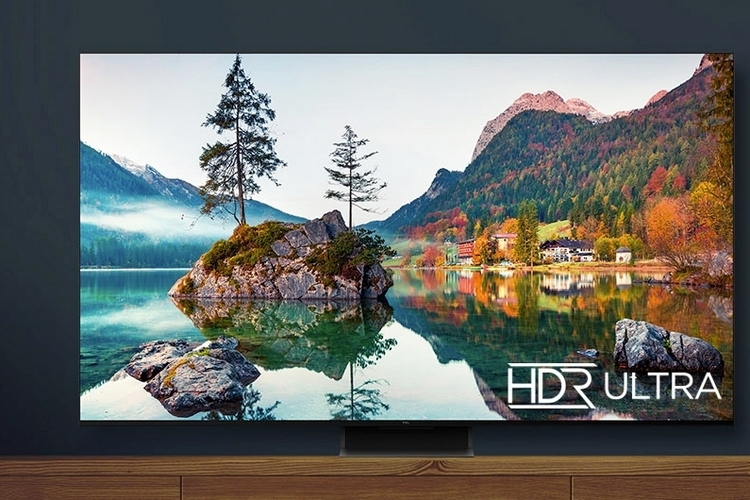
Pros
- High brightness with very deep blacks
- Superb contrast
- 144Hz gaming mode
Cons
- Better viewed front and center, rather than from the sides
- Colors not as accurate as similarly-priced panels
We were surprised to find TCL’s 65-inch TV to be a little more expensive than our Samsung pick, but the features do justify the price. It’s one of the brightest TVs around with a peak of 2,000 nits, so you get amazing HDR highlights while SDR content comes alive even in brightly-lit rooms. Equipped with mini LED backlighting, it boasts 2,300 local dimming zones that’s implemented exceptionally well, dynamically adapting to onscreen content and distributing light evenly across the whole image. It also does an impressive job of limiting light bloom while providing really deep blacks and bright highlights for some amazing contrast performance.
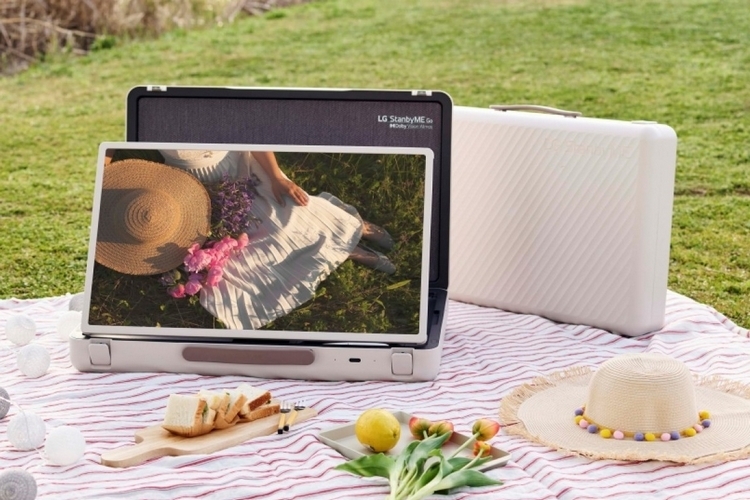
The panel has around 96 percent coverage of the HDR color space, so while it reproduces colors very well, it’s not quite as accurate as some other TVs in this price range (like the Samsung panel above). It also suffers from the same problem as the two other QLED TVs we’ve included so far, in that the colors fade a bit once you start watching from the sides.
It runs Google TV and runs it well, with responsive navigation and smooth performance. Suffice to say, this isn’t one of those TVs what will have you spending a lot of time in the UI, which can be downright frustrating. The TV has two HDMI ports that support 4K gameplay at 144Hz, so you can hook up an Xbox and a PS5 at the same time, allowing you to easily switch between the two current-gen consoles.
Main Specs
Resolution: 3,840 x 2,160
Panel: QLED with mini LED backlighting
Contrast Ratio:
Brightness: 2,000 nits
OS: Google TV
LG G3 OLED
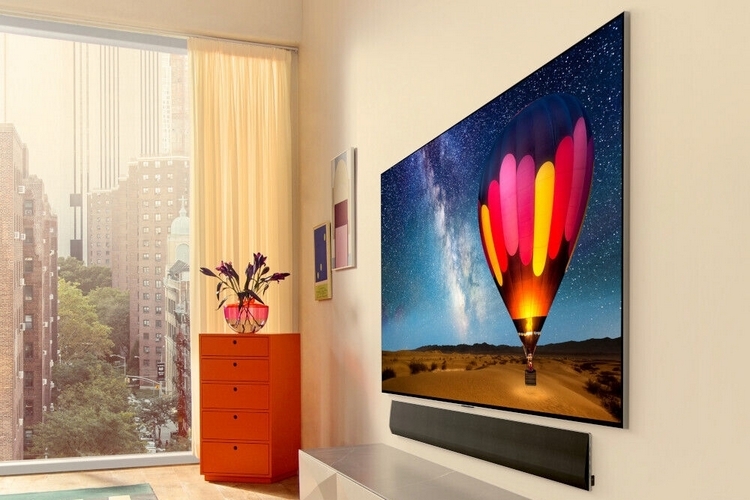
Pros
- OLED with MLA technology produces impressive brightness and lighting distribution
- Excellent gaming features
Cons
- No stand included (you’ll have to buy it separately)
- No HDR10+ support
The big highlight here is micro lens array (MLA) tech that allows it to produce brighter images than other OLED TVs without consuming more power, which it pairs with brightness-boosting algorithms to produce extraordinary levels of dynamic detail and color depth. It’s just produces downright astounding images. It doesn’t have the highest brightness spec in the list (it peaks at just under 1,500 nits), but the overall images just look much more stunning, almost like the lighting is more properly distributed across the display.
You know how Samsung doesn’t do Dolby Vision? Well, LG doesn’t do HDR10+. Still, HDR performance looks positively gorgeous, even when watching content on Prime Video, which is what primarily uses the HDR10+ encoding. For gaming, the TV boasts 0.1-ms response rate and 120Hz refresh rate, complete with a variety of game optimization settings, so the console faithful will be happy to hook up their game machines of choice to this TV. Heck, it even has support for both AMD FreeSync Premium and Nvidia G-Sync VRR, so you can use it as a monitor for your gaming PC if your eyes can handle 65 inches of gaming glory.
Main Specs
Resolution: 3,840 x 2,160
Panel: OLED with MLA
Contrast Ratio: —
Brightness: 1,500 nits
OS: webOS